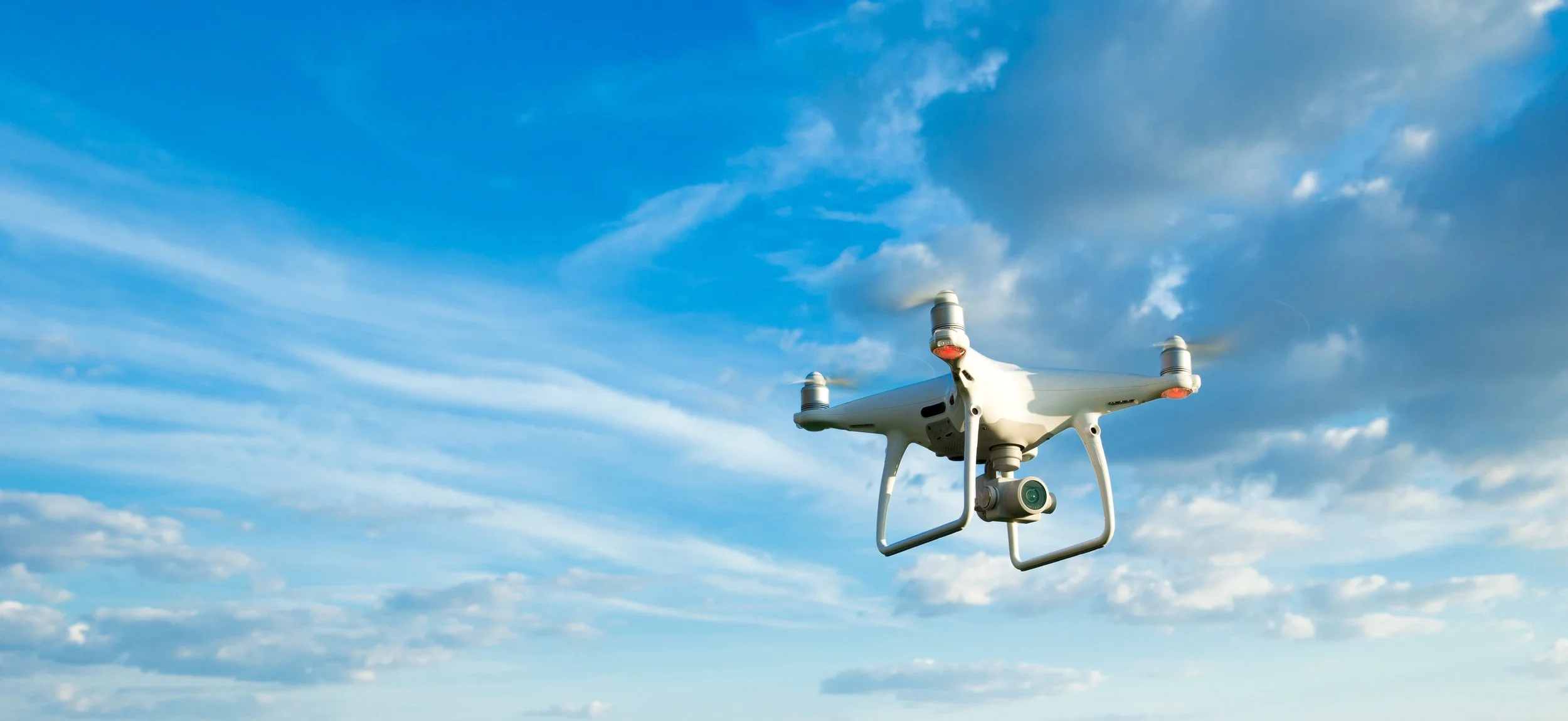Tracking Meteorites with Drones
Though humanity has made significant strides across many fields, the history of our universe still remains an unanswered question. From a young age, we're taught about the Big Bang Theory — the universe started from a mere point that has expanded and stretched to grow as large as it is right now. However, the key word here is theory. The Big Bang Theory is merely a possible explanation, not a fact. In reality, we haven't answered our questions about the universe's early history.
However, researchers studying meteoroids are looking to do just that. Meteoroids are objects in space that are clumps of dust and particles. They are also known as "space rocks" and can be as large as asteroids or as small as a clump of dust. When meteoroids enter Earth's atmosphere and fall towards our planet, they are called meteors.
Meteors have become of particular interest to scientists lately, given that they can provide clues that will help us uncover the story of our universe. It is believed among the scientific community that meteors formed very early in the universe's history. In fact, meteors formed even earlier than the solar system. So, scientists have begun to study the composition and structure of meteors as a way to learn about the creation of our universe. Essentially, Studying meteors helped scientists determine the age of the Earth.
Recently, scientists have experimented with using drones to locate meteors on Earth. Drone-based searches provide a quicker and more efficient way to search for meteors compared to scanning by eye.
Drones are not the only piece of technology that is helping scientists study meteors. Before a drone is even used, scientists utilize high-resolution ground-based cameras and telescopes to track meteors that are flashing in Earth's atmosphere. Then, radars and sensors are used to track the fall of the meteors. This tracking allows researchers to predict an area range for where the meteor falls. After that, drones are used to scan the area.
The drone will scan an area and take up to 10,000 pictures daily. The pictures are fed into a machine-learning algorithm that has been trained to recognize meteors. The algorithm has also been trained to distinguish meteors from typical rocks and objects. The algorithm will narrow down the number of pictures to an amount that the human eye can scan. The process of capturing and analyzing pictures will be repeated until meteors are found.
Drones alongside other technology, have proven helpful in scanning for meteors, as they speed up the process and make it less tedious. As a next step, scientists hope to adapt the drones to be used in Antarctica, where many undiscovered meteors currently reside. Ultimately, drones will help us uncover the history of our solar system and universe.

